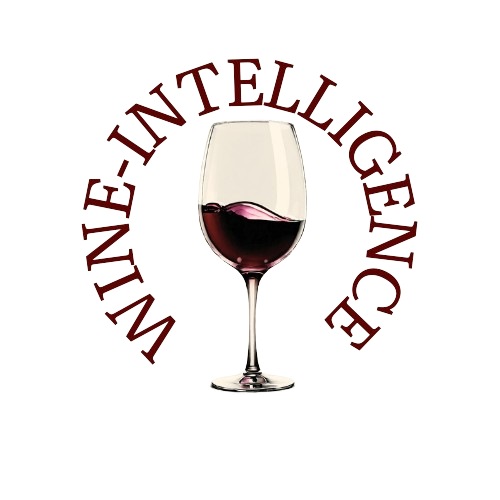At the 2025 ProWein international wine fair in Düsseldorf, the German Wine Institute (DWI) highlighted significant shifts in the country’s wine market.
The rising popularity of non-alcoholic wines, the growing demand for rosé, and the steady presence of German white wines were key trends shaping consumer preferences.
Non-Alcoholic Wines See Rapid Growth
One of the most striking developments in 2024 has been the surge in demand for non-alcoholic wines. According to a wine market analysis conducted by NielsenIQ for the DWI, purchases of non-alcoholic wines increased by 86% compared to 2023. The total purchase value of this segment also rose by 68%, reflecting the growing appeal of alcohol-free alternatives.
A 17% increase in the buyer base suggests that more consumers are now incorporating non-alcoholic wines into their lifestyle. Additionally, the repurchase rate for these wines is trending upward, which points to higher consumer acceptance—likely driven by improvements in quality. Despite this rapid growth, non-alcoholic wines still hold a modest 1.5% market share in Germany. Most consumers purchase them as an addition to, rather than a replacement for, traditional wines.
Rosé Wines Gain Market Share at the Expense of Reds
Fresh and fruity wines are in demand, with rosé wines seeing a notable increase in market share. In 2024, rosé’s share grew by one percentage point to 14%, marking a clear shift in consumer preferences. This growth has primarily come at the expense of red wines, whose market share declined to 39%. The trend toward lighter, fruit-driven wines suggests that consumers are looking for more refreshing options, potentially influenced by evolving food pairings and seasonal drinking habits.
German White Wines Maintain Strength
White wine remains the dominant category in Germany, holding a 47% market share in 2024. Within this segment, domestic wines strengthened their position, with 55% of all white wines purchased originating from German vineyards—a two-percentage-point increase from 2023. Pinot Gris and Pinot Blanc, in particular, performed well, reflecting a sustained preference for these varietals among consumers.
Where Germans Buy Their Wine
Shopping behavior in the German wine market remained stable in 2024, with food retailers accounting for 64% of all wine purchases. Discounters continued to hold a strong position with a 37% market share, while consumer markets and supermarkets collectively made up 27% of total sales.
Online wine purchases remain relatively low at 13%, though digital channels continue to be a growing area of interest. For German wines, direct sales from wineries remain crucial, with 21% of all German wine purchases made directly at the winery or through their online shops. This highlights the ongoing importance of producer-consumer relationships in the German wine industry.
Looking Ahead: What’s Next for the German Wine Market?
The 2024 market data underscores Germany’s evolving wine preferences, with non-alcoholic wines gaining traction, rosé continuing its rise, and domestic white wines solidifying their position. As consumer tastes shift toward freshness, balance, and versatility, producers will need to adapt their offerings to meet demand while maintaining traditional strengths.
With non-alcoholic wines improving in quality and increasing in availability, their influence on the market could continue to grow. Meanwhile, rosé’s upward trajectory and the resilience of German white wines indicate that light, fruit-driven styles will remain key in the years ahead.
Source: German Wine Institute (DWI)

